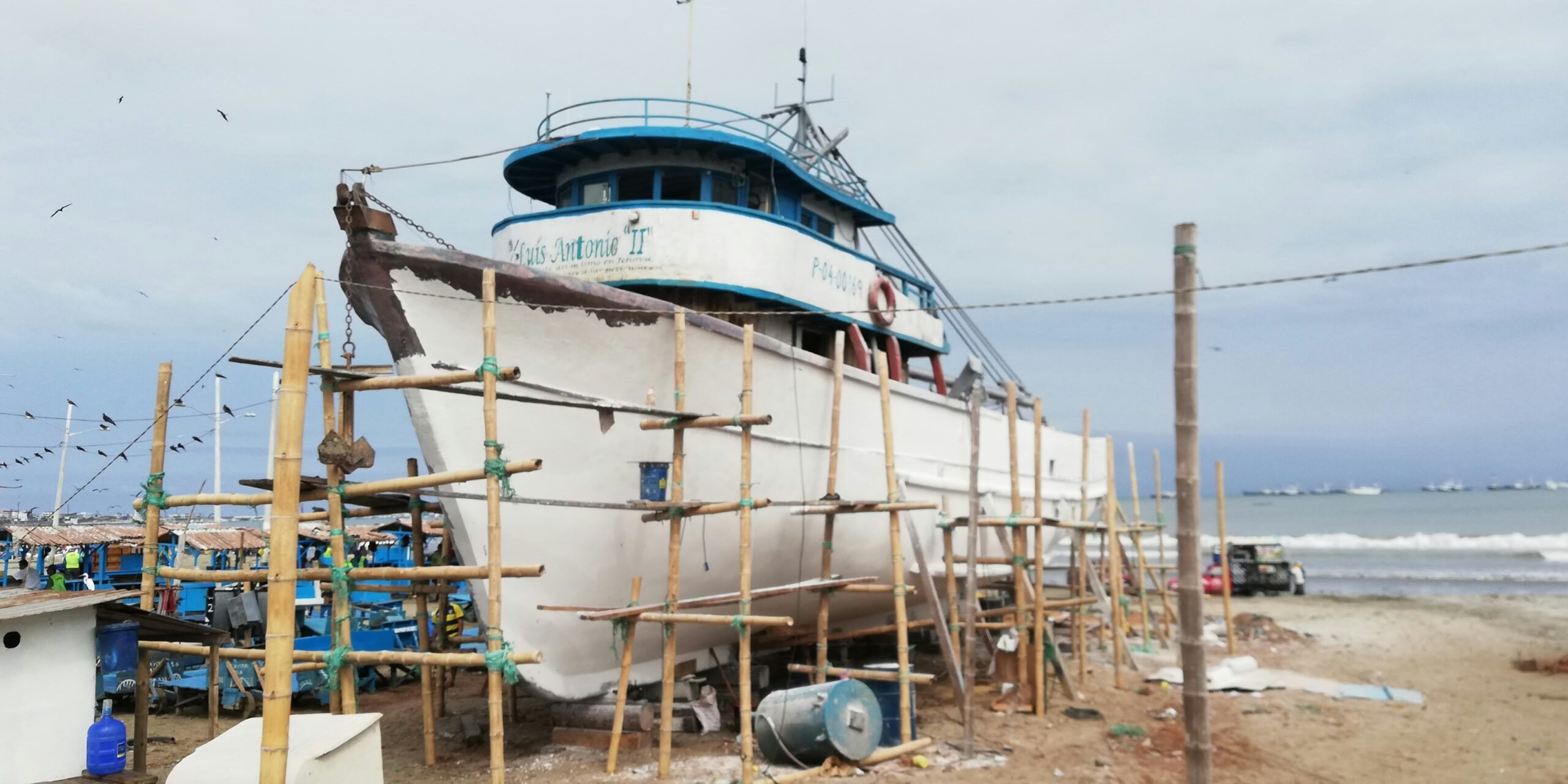
A World Where Land Meets Sea
Across the globe, cities are being pushed toward the water’s edge. Population growth, tourism, and global trade have created a demand for more ports, offshore platforms, and even floating neighborhoods. But constructing on water is not as simple as extending land—it’s a delicate dance with the elements. Waves, tides, salt, and storms all conspire against human structures. And yet, engineers, architects, and builders are finding ingenious ways to rise to the challenge.
Why Building on Water Is Never Routine
Unlike land-based projects, marine construction demands constant negotiation with an unpredictable environment. The ground beneath is often unstable—mud, sand, or rock that shifts under pressure. Add to that strong currents and extreme weather events, and you’ve got a recipe for high risk. Even something as basic as transporting heavy equipment becomes a logistical puzzle when barges and cranes must float into place. It’s no wonder these projects are often more expensive and time-consuming than their landlocked counterparts.
Lessons from Harbors and Ports
Consider the expansion of major ports like Rotterdam in the Netherlands or Singapore. These projects are lifelines for global trade, handling millions of shipping containers each year. But building new terminals required advanced dredging to create deeper channels and reinforced quay walls to withstand the relentless battering of tides and cargo ships. Every design decision had to account for both immediate needs and future climate realities like rising sea levels. The lesson? Marine construction is as much about foresight as it is about strength.
The Role of Modern Materials
Steel and concrete remain the backbone of marine infrastructure, but new materials are stepping into the spotlight. Fiber-reinforced polymers and high-performance concrete blends are being used to resist corrosion from saltwater. These materials not only extend the lifespan of structures but also reduce maintenance costs over decades. For example, bridges built with such composites in Japan have shown remarkable resilience despite constant exposure to seawater. Material innovation has become one of the quiet revolutions in the field.
Floating Solutions for Growing Populations
As coastlines grow more crowded, floating infrastructure is no longer just an experiment. The floating neighborhoods in Amsterdam’s IJburg district and the prototypes in Busan, South Korea, point to a future where cities expand onto the water. These homes and platforms are designed to rise and fall with the tide, offering resilience against flooding. Beyond housing, floating solar farms are generating clean energy, while offshore fish farms are feeding millions. The ability to build on buoyant foundations is reshaping the possibilities for urban planning and resource production.
Innovation in Construction Techniques
Advances in technology are making marine projects safer and more efficient. GPS-guided dredgers now allow for pinpoint accuracy when reshaping seabeds. Modular construction, where pieces are prefabricated on land and then assembled on-site, reduces the risks of working in harsh marine environments. Remote-operated vehicles and underwater drones are inspecting foundations and pipelines with minimal human danger. These tools are not just conveniences—they’re game changers, allowing projects that once seemed impossible to be tackled with confidence.
Balancing Progress with Environmental Care
One of the greatest challenges in marine construction isn’t structural at all—it’s ecological. Building in sensitive marine ecosystems risks damaging coral reefs, mangroves, and fisheries that local communities depend on. That’s why many projects now include environmental impact assessments and mitigation strategies as core components. Artificial reefs are sometimes installed alongside construction to offset habitat loss, while noise-reducing technologies help protect marine life from disruptive pile-driving. Balancing progress with responsibility has become a non-negotiable part of the job.
What the Future Holds
Looking ahead, the future of building on water will likely combine resilience with sustainability. Climate change means rising seas and stronger storms, so adaptability must be built into every blueprint. Smart sensors embedded in marine structures will monitor wear and tear in real time, warning crews before damage becomes dangerous. Renewable energy integration—whether through offshore wind farms or floating solar platforms—will turn marine construction into a partner for sustainable living. And perhaps most importantly, collaboration between engineers, architects, and environmental scientists will ensure that the structures we build today will endure in harmony with the seas of tomorrow.